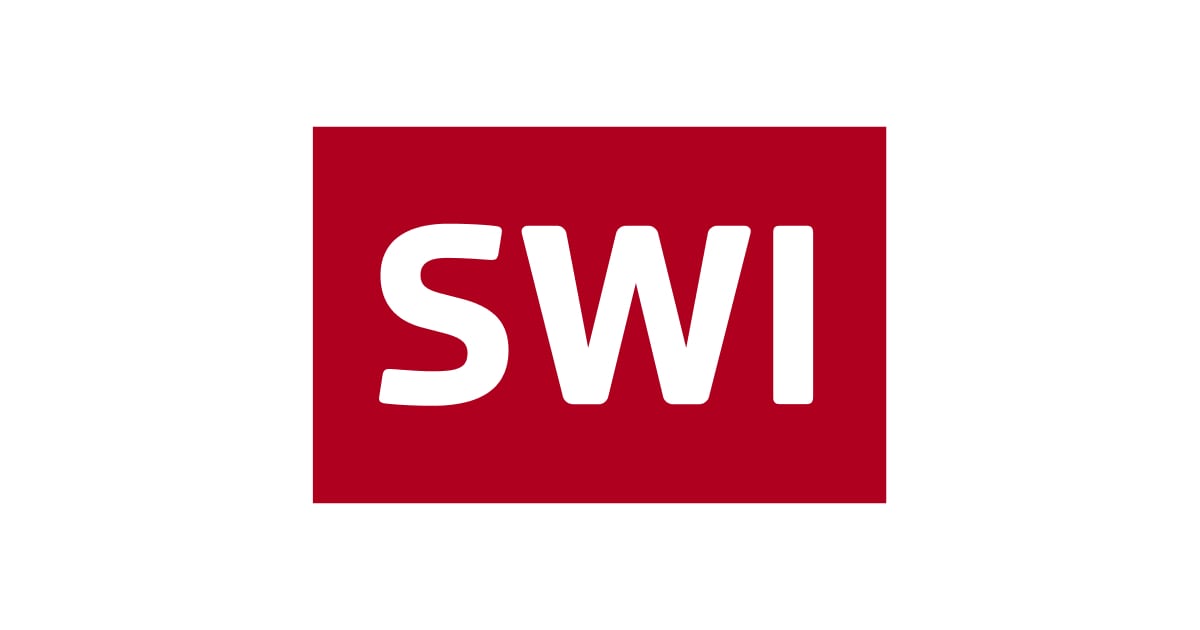
The trade agreement between India and EFTA countries comes just at the right time
The new trade agreement between India and EFTA countries, of which Switzerland is part, is more than a trade deal argues economist Saon Ray. It offers market access and focuses on development.
The Trade and Economic Partnership Agreement (TEPA) between India and the European Free Trade Association (EFTA) which includes Iceland, Liechtenstein, Norway, and Switzerland comes into force on October 1, 2025.
TEPA represents more than just a trade deal. With the United States raising tariffs on Indian exports to 50%, Indian exporters need alternative markets and investment partners. TEPA provides both. It enhances trade access in goods and services, attracts assured investments tied to job creation, and opens up channels for professional mobility and technology collaboration.
The TEPA could pave the way for deeper cooperation between the countries. It could also serve as a template for future trade agreements by India, placing less emphasis on investor protections and more on concrete developmental benefits.

More
Explainer: Will the India-EFTA pact be a ‘game-changer’?
The agreement has been ratified by the EFTA countries, as well as India. The role of bilateral agreements, such as the TEPA, becomes more critical in the current scenario of reciprocal tariffs. India is currently facing steep U.S. tariffs of up to 50% on many of its exports. For years, the US has been India’s single most important export destination.
India needs to diversify its export markets and the TEPA could play a crucial role in facilitating this. In 2024-2025, trade between India and the four EFTA countries was valued at approximately $24.4 billion (CHF19.3 billion). EFTA is India’s fifth largest trading partner,External link though the relationship is heavily skewed in one direction. India exported just under $2 billion worth of goods, while imports from EFTA reached $22.45 billion.
Switzerland accounts for the bulk of this trade, primarily due to India’s substantial imports of gold and silver. Alongside gold, India’s other major imports from EFTA include coal, pharmaceuticals, vegetable oils, medical equipment, and dairy machinery. On the export side, India ships chemicals, iron and steel, precious stones, sports goods, yarns, and bulk drugs.
The Indian export items most likely to be impacted by Trump’s tariffs include gems and jewellery, textiles and clothing, organic chemicals, shrimp and other seafood, and auto parts. While the balance is currently clearly tilted toward imports, TEPA could help shift this equation by lowering barriers and making it easier for Indian exporters to enter EFTA markets.
The TEPA Agreement covers 14 chapters. The goods chapter of TEPA is one of its most important elements. In goods, the EFTA offers 92.2% of tariff lines (or 92.2% of products traded by EFTA have been offered concessional duties), while India offers cuts on 82.7% tariff lines. That is a meaningful level of access, although both sides have kept sensitive sectors off the table. For India, this means areas like dairy, soy, coal, and products linked to production-linked incentive schemes remain protected. For EFTA, the key gain lies in improved access for Swiss watches, chocolates, and cut and polished diamonds, which India will now allow at concessionalExternal link tariff rates. These decisions reflect a careful balancing act: India has protected vulnerable sectors while offering concessions in areas where it can absorb the competition.
What makes TEPA stand out though is its annexes that extend the scope to important areas such as financial services, telecommunications, recognition of qualifications, and immigration. For India, this opens up clear opportunities for its strongest service sectors. Information technology, education, cultural services, and even sports can benefit. Perhaps more significantly, TEPA establishes a framework for mutual recognition agreements in professions such as nursing, accountancy, and architecture. This could help skilled Indian workers and professionals access European markets on fairer terms, easing their path to employment and recognition abroad.
Landmark investment chapter
Under the India-EFTA agreement, EFTA has committed to investing $50 billion in India within 10 years of the agreement taking effect. An additional $50 billion investment is to ensue in the following five years. This is a landmark in India’s negotiations, as it links the free trade deal with investment and the creation of one million jobs that could result from the investment.
Under the TEPA agreement, India will permit the import of several products at concessional duties and can withdraw tariff concessions if investment targets are not met. Equally important is the way the investment chapter has been structured. Unlike more traditional investment treaties, which emphasise protecting investors through legal guarantees, TEPA’s investment provisions focus on facilitation and cooperation.
The agreement establishes an “India–EFTA Desk” within Invest India, an Indian government agency, serving as a single-window platform for EFTA investors. It also emphasises joint work in areas such as technology collaboration, opportunities for micro and small enterprises, and identifying ways to remove investment barriers. In contrast, the India–UK Comprehensive Economic and Trade Agreement investment provisions are protective and normative, offering fair and equitable protection and guaranteed capital movement but relying solely on state-to-state dispute mechanisms. TEPA is more aspirational and geared toward encouraging practical investment and technology collaboration.
The importance of this investment link cannot be overstated. India has experienced a slowdown in foreign investment in recent years. Securing a commitment of up to $100 billion from EFTA over 15 years provides a strong anchor at a time when global capital is more cautious. For EFTA investors, the deal offers structured access to India’s large and growing market. For India, it ensures that trade liberalisation is tied to concrete developmental outcomes, including job creation, technology transfer, and stronger domestic capacity.
Linking market access with hard investment targets makes TEPA a landmark deal. It is also aligned with India’s broader goals of attracting foreign direct investment and creating jobs.
TEPA with EFTA comes at a turning point in India’s trade policy. Faced with rising protectionism in traditional markets, India is looking to diversify and secure growth through balanced partnerships. By linking trade to investment and jobs, TEPA offers a model that serves India’s developmental needs while giving EFTA partners a reliable gateway to India’s vast market.
Edited by Virginie Mangin/ac

More
Our weekly newsletter on geopolitics

In compliance with the JTI standards
More: SWI swissinfo.ch certified by the Journalism Trust Initiative































You can find an overview of ongoing debates with our journalists here . Please join us!
If you want to start a conversation about a topic raised in this article or want to report factual errors, email us at english@swissinfo.ch.